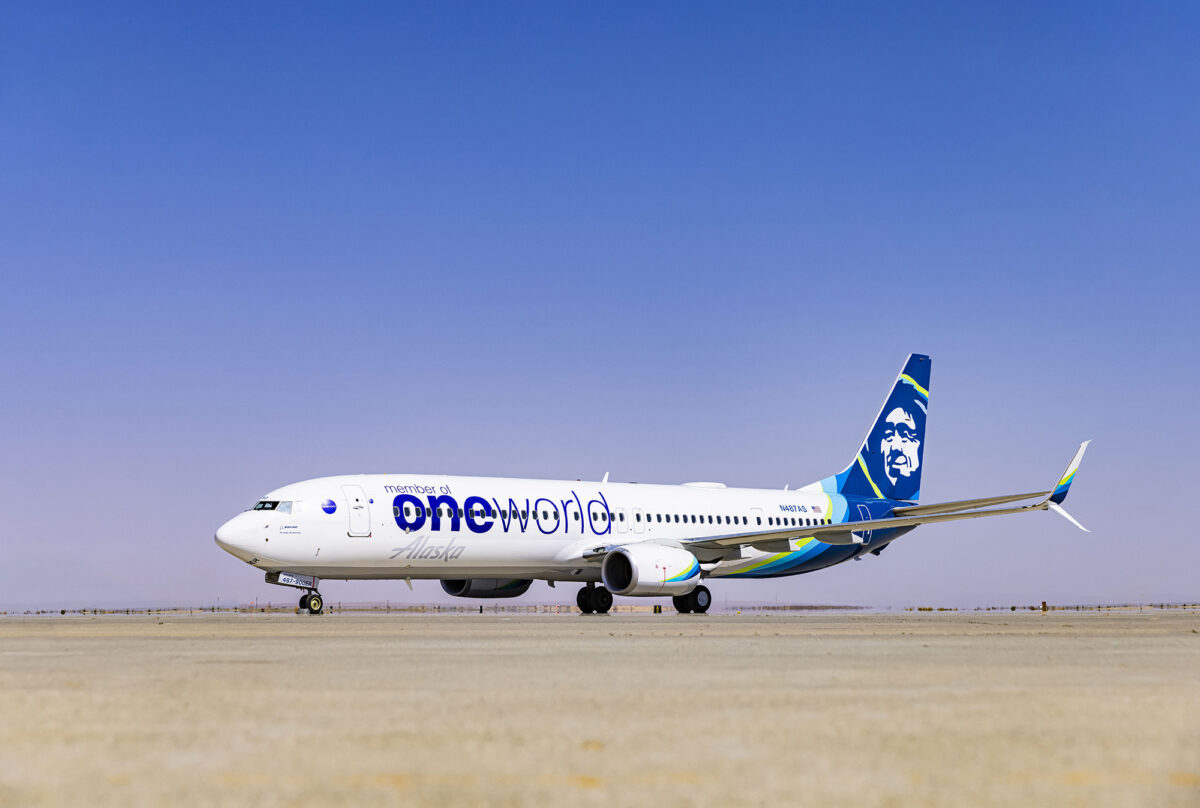How Szallas Built an OTA Powerhouse in Central and Eastern Europe

Skift Take
This sponsored content was created in collaboration with a Skift partner.
The travel industry is optimistically looking ahead in 2022, seeking to capitalize on high demand. Amidst that resurgence, the Central and Eastern European market is teeming with potential. Home to more than 100 million people, it’s by no means uniform. Players in the region have to work across multiple major languages and contrasting cross-border financial and political regulations, to name a few key considerations. Companies that are able to integrate regional disparities through technology while maintaining localized customer service and marketing focus have huge advantages. That’s no easy task.
The escalating war in Ukraine has added another complication to an already reeling travel industry. Yet it appears that instability and inflation have not taken away a desire to travel. These situations have only seemed to amplify the benefits of regional OTAs in markets like Central and Eastern Europe as domestic and regional travel remain highest in demand.
SkiftX recently spoke with József Szigetvári, CEO of Szallas Group, the largest regional player in the online travel agency (OTA) market. Building upon insights from Szallas Group’s recently published white paper on key trends in the region, Szigetvári discussed why Central and Eastern Europe is ripe for investment due to its unique traveler trends, how Szallas has been able to grow alongside this burgeoning market and gain market share during the pandemic, and why the post-pandemic era will be an excellent time to invest in the Central and Eastern European travel business.
SkiftX: Can you give me some background on Szallas Group, its origins, and where it currently stands in the market?
József Szigetvári: Szallas Group started in 2007 as a small online travel agency in Hungary. We first focused on domestic, family travelers visiting small- and medium-sized destinations versus travelers visiting bigger, more typical markets like Budapest, Prague, and Warsaw. This is an important part of the company story, because about 80 percent of travelers in this region are domestic-only — typically family travelers seeking small- and medium-sized accommodations. That is a huge number.
By 2015, we reached 15 percent market share in the Hungarian travel market, which grew to 31 percent by 2021 — that's the share of the total domestic market, not just the digital market. To scale the success, we decided to expand to neighboring countries, since we knew that many Hungarian people travel extensively to these countries.
We also realized that the Polish and Czech travel markets were similar to the Hungarian travel market, which led us to acquiring similar OTA brands in those countries. Today we operate in Hungary, the Czech Republic, Romania, Poland, and Croatia with six major brands: szallas.hu, maiutazas.hu, hotel.cz, spa.cz, travelminit.ro, and noclegi.pl. We increased our market share in the region from about 6 percent of the online domestic market in 2019 to almost 9 percent in 2021.
SkiftX: What have been the keys to Szallas Group’s growth?
Szigetvári: We have been able to grow by helping digitize accommodation providers. When we started our business, many didn’t even have an internet connection. Because we are educating them about the potential of digital, we have a unique inventory and have been able to gain their trust. We had 14,000 new accommodation providers join our platform in 2020 and 2021.
SkiftX: Where do you see the opportunities for future growth in the Central and Eastern Europe market?
Szigetvári: Digitization is fueling the market’s growth. Only about 60 percent of travel is booked online in Central and Eastern Europe. That leaves 40 percent of the market where we can grow.
In addition, cross-country travel in Central and Eastern Europe was the fastest-growing travel market in Europe overall between 2015 and 2019, as people realized they could travel easily to neighboring countries and discover more and more beautiful destinations in the region. This will only grow stronger after the Covid era because they can travel safely by car and will have fewer concerns about restrictions and cancellations.
Furthermore, domestic travel is benefiting from government programs aiming to boost tourism, especially in Romania, Hungary, and Poland.
SkiftX: With so much room for growth and market share to gain, what’s stopping the global online travel companies from reading this and deciding to come in to compete with you directly?
Szigetvári: The easy answer is that it’s not so easy. You can go into the big markets globally and not really need to change your business model. All of the major global players who are in this region are focusing on the bigger cities, and their main customers traveling to Budapest, Prague, and Warsaw tend to be German, English, or French. When you’re only focusing on the major cities, you don’t really get to know the domestic tourists.
As a comparison, when you talk about Southeast Asia, the customer types and user behaviors across the region are quite similar, but every country is a little bit different. Every country has a different language, different accommodation providers, different payment providers.
This is very similar to the Central and Eastern Europe region. We work with local brands and have local customer service, sales, and marketing teams who speak the local language in every country throughout the region. When we talk to travelers from Poland, we talk as a Polish company that understands the Polish market. That trust is very important.
SkiftX: Given their unique identities — not to mention different languages, currencies, payment systems, and governmental regulations — how have you managed to bring these different brands together to provide a consistent experience? In other words, how does your business model scale?
Szigetvári: We’ve built one single integrated technology platform with five unique brands that the traveler engages with from start to finish — from finding inspiration on the website to writing the review. And we’re continuing to build the platform further to provide the best user experience across the region.
SkiftX: How has Covid affected the Central and Eastern Europe market and your business in particular?
Szigetvári: I would never have thought that Szallas Group would benefit from Covid in March 2020, but because we understand the domestic markets so well, we recognized how we would be able to help travelers uncover hidden treasures in the amazing domestic destinations we are always working hard to offer.
Both foreign and domestic tourism were shut down across Central and Eastern Europe for five months in 2021, but we still reached a higher gross booking volume throughout the rest of the year than we did in all of 2019. This was due to our close understanding of the local market shifts and an agile reaction to the extreme changes, which meant quickly adapting and using the months of lockdown to prepare.
SkiftX: Given that Szallas Group is operating in all major European countries neighboring Ukraine, how is the ongoing war affecting the hospitality market in the region?
Szigetvári: Since the first days of the war, we have been working non-stop on supporting the refugees both as a business and as individuals.
We are watching the fierce defense of the Ukrainian nation with awe and admiration and continue to be stunned by the day-by-day destruction happening in that country. Yet, we realize with confusion that the Central and Eastern European travel industry is going as before, with almost no interruption at all.
Across all of our markets, we are seeing reservation numbers above 2019 levels, and our data shows domestic and cross-country tourism will continue to grow, following the track we have envisaged.
SkiftX: What’s next for Szallas Group?
Szigetvári: An investor asked where I see the business growing, and I said we want to grow to become the No. 1 choice to travel in the Central and Eastern European region. We see huge potential for the next three to five years, so we are focusing our full attention to support the growth and integration of regional tourism. We are looking to maximize the potential for intraregional, cross-country tourism in cooperation with other regional tourism players, considering further potential acquisitions in the region, and launching new digital tourism products. We are also looking to extend to countries like Bulgaria and Montenegro, which are growing very rapidly.
To learn more about key trends in the Central and Eastern European market, please download Szallas Group’s new white paper, the 2022 CEE Tourism Report.
This content was created collaboratively by Szallas and Skift’s branded content studio, SkiftX.




